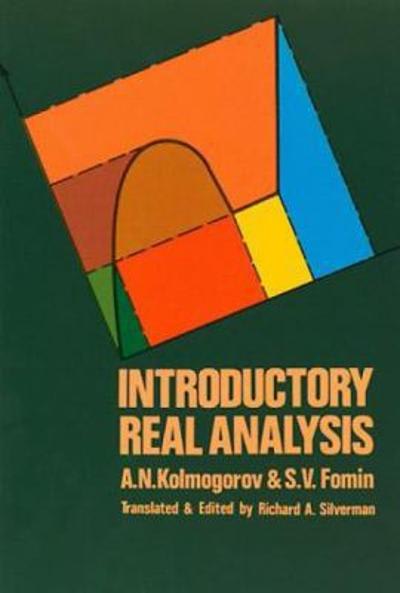Question
FLIPPING FOR A GRADE Your mathematics teacher has decided that instead of a test, you and your classmates will have the option of playing a
FLIPPING FOR A GRADE Your mathematics teacher has decided that instead of a test, you and your classmates will have the option of playing a game! Each student has the choice of picking one of two games, both of which involve flipping a coin ten times. GAME 1 Flip a coin ten times. For each head, the student wins 2 points, but for each tail, the student loses 1 point. GAME 2 Flip a coin ten times. For each head, the student wins 100 points, but for each tail, the student loses 99 points. Your grade depends on your final score: Scores lower than -10 will receive an F. Scores from -10 to 0 will receive a D. Scores from 1 to 10 will receive a C. Scores from 11 to 99 will receive a B. Scores 100 and higher will receive an A.
In games of chance involving points it is often interesting to know what the average points per turn would be over many turns. This long-term average is called the expected value for the game. What is the expected value for Game 1? For Game 2? Compare these two values. What do you conclude about these two games?
Step by Step Solution
There are 3 Steps involved in it
Step: 1

Get Instant Access to Expert-Tailored Solutions
See step-by-step solutions with expert insights and AI powered tools for academic success
Step: 2

Step: 3

Ace Your Homework with AI
Get the answers you need in no time with our AI-driven, step-by-step assistance
Get Started


